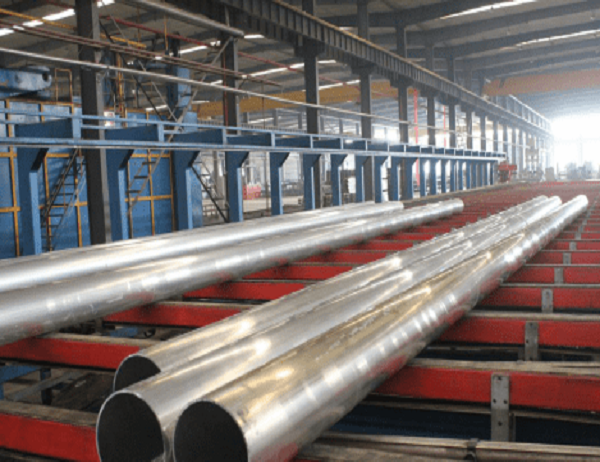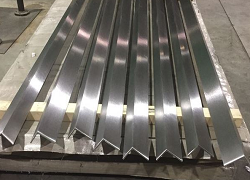High-quality aluminum heat sinks play a crucial role in dissipating heat from electronic devices and ensuring optimal performance. When selecting a heat sink, it is essential to consider several key features to ensure you choose one that meets your specific requirements. This guide will explore the important features to look for in high-quality aluminum heat sinks and provide insight into their significance.
Heat Dissipation Capacity: Thermal Conductivity and Surface Area
Thermal conductivity measures the ability of a material to conduct heat. Aluminum alloys commonly used in heat sinks have thermal conductivity values ranging from 160 to 240 W/m-K. Higher thermal conductivity allows the heat sink to transfer heat more efficiently from the heat source to the surrounding environment. Surface area is another critical factor as it determines the amount of heat that can be dissipated. Heat sinks with larger surface areas can absorb and release more heat, improving cooling performance.
Fin Design and Density: Increasing Heat Transfer
Heat sinks often employ fins to increase the surface area and maximize heat dissipation. Fin density, measured in fins per inch (FPI), is an important consideration. Higher FPI heat sinks create more surface area, enhancing heat transfer. However, it is essential to balance FPI with air flow resistance. Higher FPI heat sinks can restrict air flow, reducing cooling efficiency.
Material Quality and Durability: Ensuring Reliability
The quality and durability of the aluminum alloy used in heat sinks are critical for long-term reliability. High-quality aluminum alloys offer excellent corrosion resistance and strength, ensuring the heat sink can withstand harsh operating conditions. Additionally, the surface treatment or coating can further enhance corrosion resistance, extending the life of the heat sink.
Mounting Options and Compatibility: Seamless Integration
Mounting options determine how the heat sink will be attached to the heat source. Common mounting options include clips, screws, and thermal adhesive. Choose a heat sink with mounting options compatible with your device’s design. Proper mounting ensures optimal contact between the heat sink and the heat source, maximizing heat transfer.
Noise Level: Quiet Operation
Heat sinks with fans or other noise-generating mechanisms can introduce unwanted noise into the system. If noise is a concern, consider heat sinks specifically designed for quiet operation. These heat sinks typically have low-noise fans or use passive cooling methods, which do not generate any noise.
Cost and Value: Balancing Performance and Budget
Cost is a significant factor in choosing a heat sink. Consider heat sinks that offer optimal performance within your budget. Balancing performance, features, and cost is crucial to ensure you get the best value for your money.
By carefully considering the key features outlined above, you can select a high-quality aluminum heat sink that meets your specific cooling requirements and provides reliable, efficient performance for your electronic devices.



